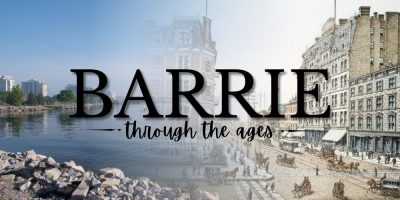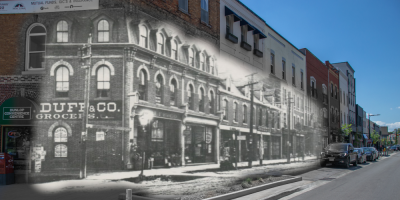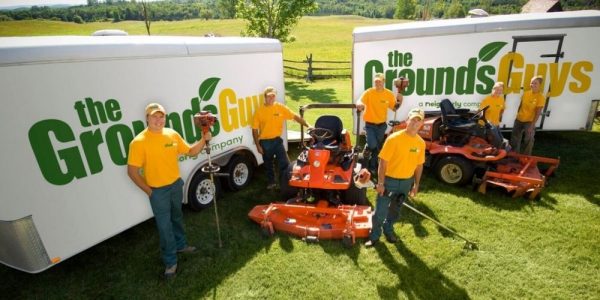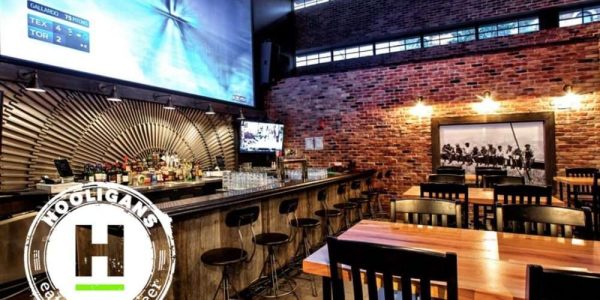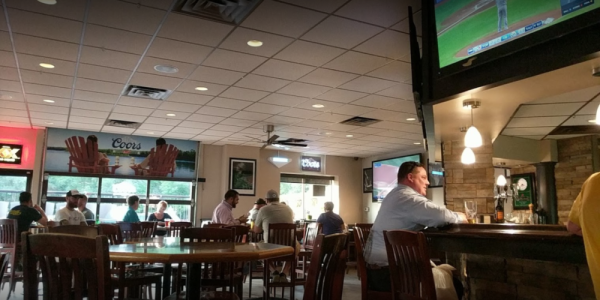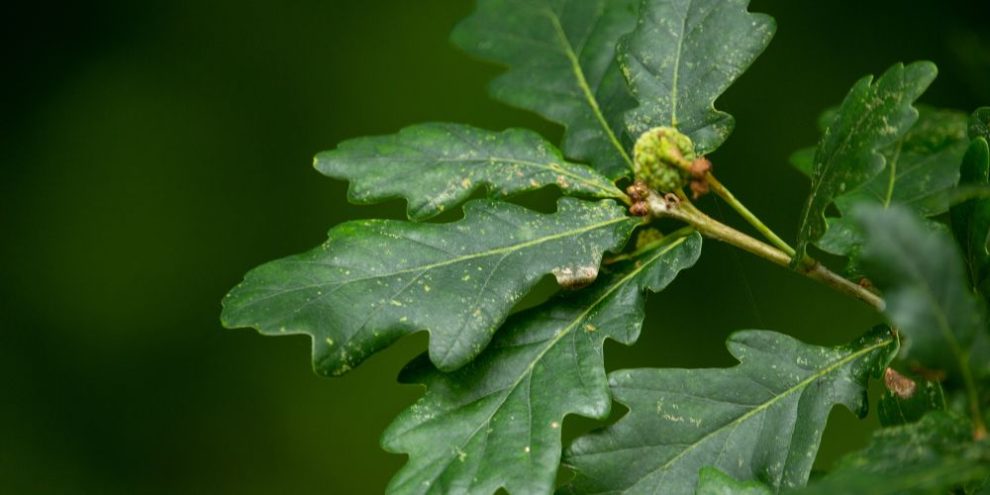
You’ve probably heard some tall tales in your time … but have you ever heard of a tree that owns itself?
We’re not talking about a metaphor here.
There’s an actual white oak tree in Athens, Georgia, that, according to local lore, was granted ownership of its own land by a man who loved it too much to ever see it cut down. And while it might sound like something out of a fantasy novel, the story has been embraced as part of the town’s official history and it’s been drawing curious visitors for more than a hundred years.
Here’s the story of how a tree became its own landlord …
So… how does a tree own itself?
According to local lore, sometime in the early 1800s, Colonel William H. Jackson decided to do something out of the ordinary. He loved a certain tree on his property so much that he wrote up a deed giving it ownership of itself and the land surrounding it (about eight feet in all directions).
The exact wording of the deed, published in an 1890 edition of the Athens Weekly Banner, is now engraved on a stone by the tree. It reads,
“For and in consideration of the great love I bear this tree and the great desire I have for its protection for all time, I convey the entire possession of itself and all land within eight feet of the tree on all sides.”
The idea was simple: the tree would never be chopped down, sold, or moved. It had the right to stand proudly, just as it was.
The original tree is gone … but the legend lives on
That beloved oak stood tall for centuries (approximately 400 years). But in 1942, after years of aging and weather damage, the tree fell during a storm. The community was devastated … but not ready to let the story end.
Determined to preserve the tree's legacy, the Junior Ladies Garden Club planted a new white oak grown from one of the original tree’s acorns. On December 4, 1946, the “Son of the Tree That Owns Itself” took root on the same spot in Athens … right at the corner of Finley and Dearing Streets.
That second-generation tree is still standing today. And just like its predecessor, it remains fenced off, revered, and protected.
So… can a tree actually own property?
From a legal standpoint? Not really.
Under modern property law, non-human entities (like trees) can’t own land. Not to mention, there’s no record of an official deed on file.
But here’s the twist: no one’s arguing.
The city of Athens fully embraces the legend. The land the tree stands on is technically city property, but it’s lovingly maintained with respect for the myth.
In other words, it’s not legal … but it is official. And sometimes, that’s enough.
Canada has its own self-owning natural wonder
You don’t have to head south to find nature being granted rights. Right here in Canada, we have our own version of a self-owning natural landmark: the Magpie River in Quebec.
In 2021, the Magpie River became the first natural entity in Canada to be granted legal personhood. That means the river now holds certain rights, just like a person or a corporation, including the right:
- to flow
- to be protected from pollution
- to take legal action if those rights are violated
The move was spearheaded by the Innu Council of Ekuanitshit and the local municipality of Minganie, who passed twin resolutions to give the river legal standing. It was a groundbreaking moment, not just for environmental law in Canada, but also for Indigenous leadership in environmental protection.
While this was a first for Canada, it’s part of a growing, global movement led largely by Indigenous communities and environmental advocates.
Across the world, natural features are being recognized as legal beings with their own rights. New Zealand granted personhood to the Whanganui River, a move grounded in Māori tradition. In the U.S., efforts to protect the Klamath River have drawn on similar principles. And in 2018, Colombia’s Supreme Court ruled that the Amazon River deserves legal protection as a living entity.
Today, designated guardians speak on behalf of Magpie River in legal and political matters, ensuring that the river is more than just a waterway — it’s a voice in its own future.
Why it matters
At first glance, the idea of a tree that owns itself or a river having legal rights might sound whimsical.
Maybe even a bit far-fetched.
But look a little deeper, and these stories reveal something powerful: a shift in how we think about our relationship with the natural world.
The Tree That Owns Itself is a legend rooted in love and community. The Magpie River, on the other hand, represents a new legal reality where nature is given a voice in decisions that affect its future.
One is folklore, the other is law … but both ask us the same thing: What would it look like if we treated nature not as property, but as a partner?
These stories matter because they challenge the way we view ownership, stewardship, and responsibility. They remind us that the land, water, and trees we often take for granted are more than resources — they’re living parts of the communities we build our lives around.
Whether it’s a white oak in Georgia or a river flowing through Quebec, these aren’t just curiosities. They’re reflections of a growing belief that nature deserves respect, protection, and in some cases, even rights of its own.


